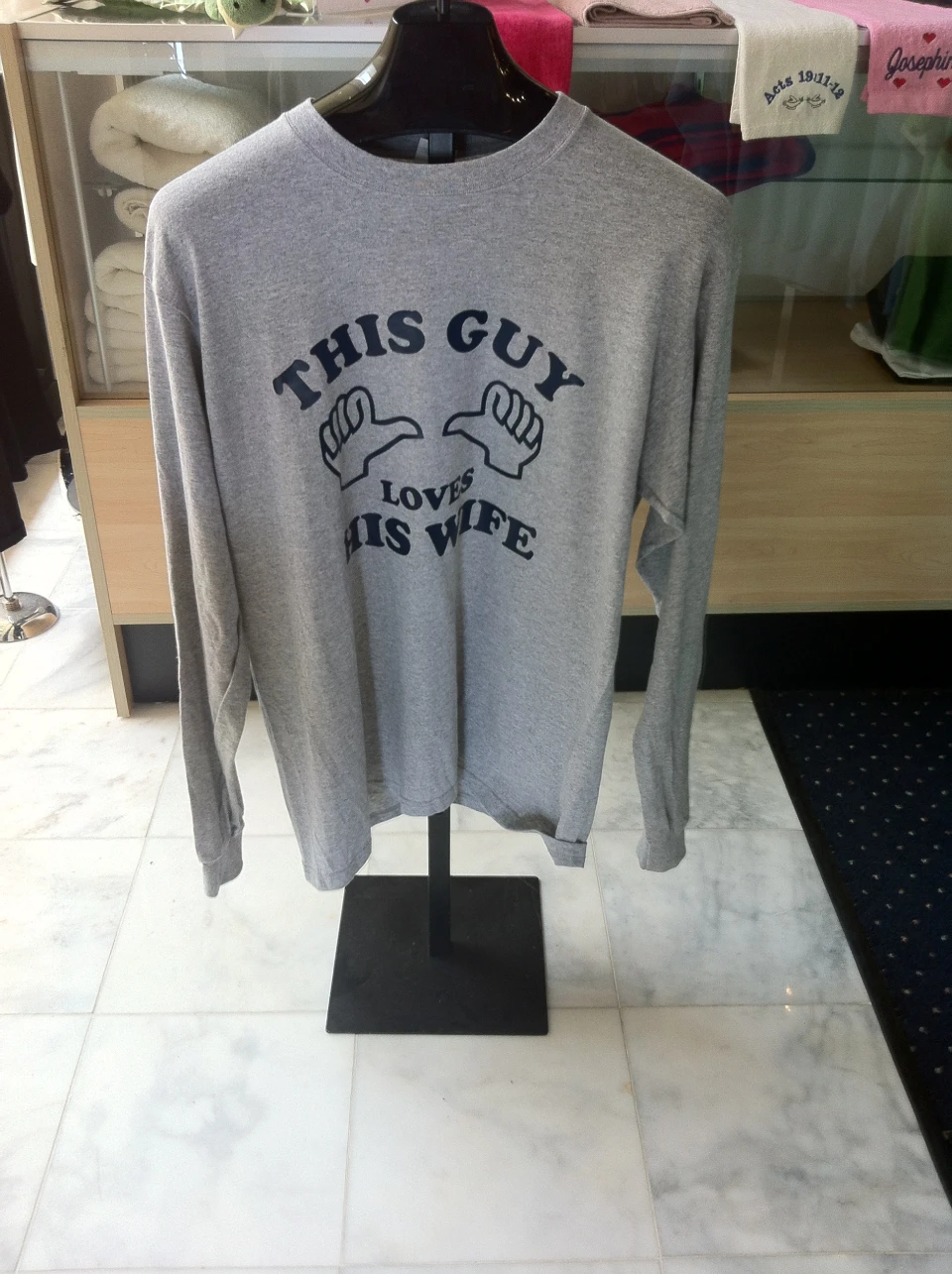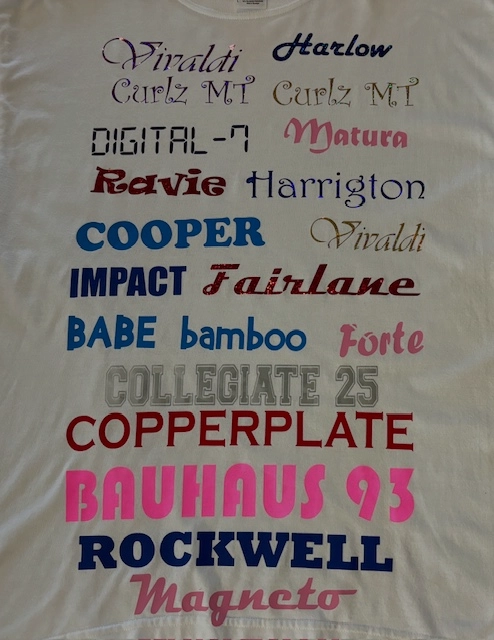Personalized School Uniforms with High-Quality Embroidery Services
Personalized School Uniforms with High-Quality Embroidery Services
Blog Article
The Art of Personalized Needlework: Opening the Keys to Creating Unique and Memorable Styles
The keys to producing customized embroidery styles that captivate the eye and leave a long lasting impression lie in a fragile equilibrium of method, creative thinking, and focus to detail. As we delve right into the globe of personalized needlework, we discover the nuanced interplay in between thread option, stitch complexity, and design customization that raises a plain garment to a job of art.
Choosing the Right Embroidery Threads
When choosing needlework threads, what key aspects should you consider to guarantee the very best results for your custom-made styles? The option of needlework thread is important in establishing the final end result of your stitched design. One of the main considerations is the product of the string. Different materials such as cotton, polyester, rayon, and silk use differing levels of shine, sturdiness, and texture. It is necessary to pick a string material that enhances the fabric you are embroidering on and aligns with the desired look of the style.
In addition, the weight or thickness of the thread plays a significant role in the look of the needlework. Thicker strings can include measurement and structure to your style, while finer threads are perfect for complex information and tiny message. Furthermore, thinking about the color fastness and washability of the thread is important to make sure that your customized designs maintain their high quality and vibrancy in time. By carefully evaluating these variables and choosing premium threads that meet your details demands, you can enhance the aesthetic charm and longevity of your embroidered productions.
Checking Out Various Stitch Methods
To look into the realm of 'Checking out Various Stitch Methods', one must comprehend the details and subtleties that each stitching approach brings to the art of needlework. Various stitch techniques not just include visual passion but likewise add to the total structure and measurement of the design. One prominent stitch strategy is the satin stitch, which involves very closely stuffed parallel stitches to create a smooth and shiny surface area, perfect for filling out forms and developing strong lays out.
On the other hand, the backstitch is a flexible strategy frequently used for laying out and adding fine details. It includes stitching backwards to create a solid line of embroidery. Furthermore, the French knot stitch includes a responsive component to layouts, best for developing distinctive accents like blossom centers or decorative touches.
Discovering various stitch strategies permits embroiderers to have fun with light, darkness, and deepness within their layouts, boosting the visual appeal and artistic high quality of their embroidery jobs. By understanding different stitching techniques, one can unlock unlimited possibilities for producing unique and remarkable personalized needlework items.
Incorporating Personalized Layout Components
Having discovered the details of various stitch strategies such as the satin stitch, backstitch, and French knot, the emphasis currently moves towards including personalized layout components in custom embroidery projects. Customized style elements play a vital duty in making needlework tasks truly one-of-a-kind and unforgettable. One way to integrate personalization is by adding initials, names, or substantial days to the design. This not just adds an individualized touch but also boosts the sentimental value of the embroidery item.
One more method to integrate customized style aspects is by including symbols or themes that hold unique significance to the recipient or mirror their passions and character. Integrating a favored flower, animal, or hobby-related sign can make read review the embroidery layout more significant and tailored. Additionally, selecting colors that resonate with the recipient or line up with the desired theme prince tailor can even more boost the customization of the needlework task.
Mastering the Art of Color Sychronisation

One secret facet of color sychronisation is comprehending shade theory. This consists of knowing exactly how various shades communicate with each various other, the emotions they communicate, and just how they can be combined to create aesthetically appealing styles. By using shade theory principles, embroiderers can create unified color palettes that improve the total look of the design.
In addition, focusing on contrast is critical in color coordination. Using contrasting colors can aid certain elements of the style pop, enhance readability, and produce a visually vibrant needlework item. By understanding the art of color coordination, embroiderers can raise their designs and create unforgettable pieces that resonate with clients and visitors alike.
Enhancing Structure With Advanced Needlework Stitches

French knots, for example, are best for including little, increased dots to your layout, mimicking the look of beads or creating a distinctive surface. Bullion knots, on the other hand, can be utilized to produce twisted, ropelike aspects that include a luxurious feel to the embroidery. Seed stitching includes small, scattered stitches that can complete areas with a multicolor texture, while turkey work produces fluffy, dimensional accents reminiscent of animal hair or vegetation. Exploring with these sophisticated embroidery stitches allows you to push the boundaries of traditional needlework and create genuinely special and visually appealing textures in your layouts.
Verdict
In final thought, the art of custom embroidery involves a mix of choosing the right strings, exploring various stitch techniques, including tailored style elements, grasping color coordination, and improving appearance with sophisticated stitches. By recognizing and carrying out these crucial elements, embroiderers can create one-of-a-kind and remarkable styles that display their imagination and ability. Embroidery fanatics can unlock the secrets to producing gorgeous and custom items that stick out and leave a lasting impact.
Report this page